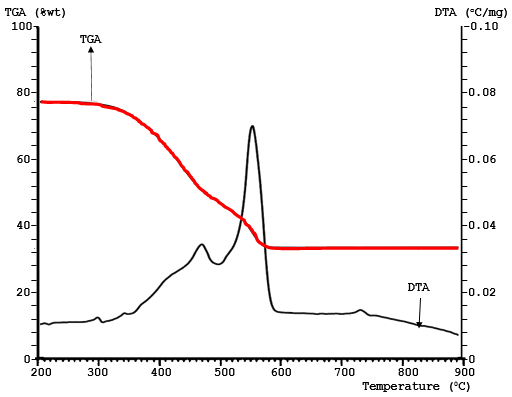Analysis of Metronidazole Adsorption onto Cellulose-Chitosan Composite Adsorbent
Keywords:
Adsorption, Composite, Metronidazole, Isotherm, Kinetics, ModellingAbstract
In this study composite (Ce-C) was successfully synthesized and further applied for efficient adsorption of metronidazole (MET) molecules from aqueous solutions. Chitosan was doped onto a cellulose substrate with glutaraldehyde as a crosslinking agent to enhance composite durability. The composite exhibited rapid adsorption kinetics, achieving over 90% MET uptake within 80 minutes. Adsorption capacity decreased with increasing temperature due to a possible concentrating of the adsorbate solution, structural changes in the composite and weakening of the cellulose-chitosan linkage. Also, FT-IR analysis confirmed the retention of key functional groups post-adsorption. The BET surface area of 109.64 m²/g and pore diameter of 12.83 nm indicates the presence of relatively large adsorption sites and a mesoporous structure. The Langmuir model and pseudo-first-order model best described the isotherm and kinetics data, respectively. A maximum adsorption capacity (qmax) value of 12.72 mg/g was also recorded. Thermodynamic studies showed the process was exothermic (∆Ho = – 62.27 kJ/mol) and spontaneous (∆So = – 218.03 J/Kmol), despite positive Gibbs free energy values. The Ce-C composite also demonstrated excellent reusability with high desorption efficiency across multiple cycles, highlighting its potential as a sustainable, effective adsorbent for removing antibiotic contaminants like MET from wastewater.


